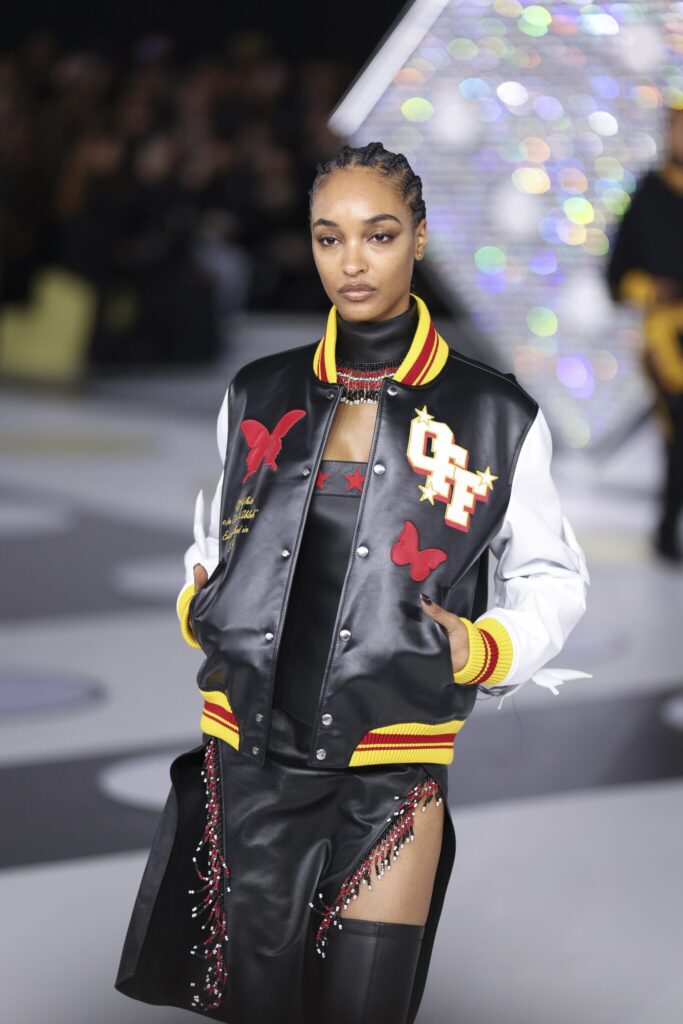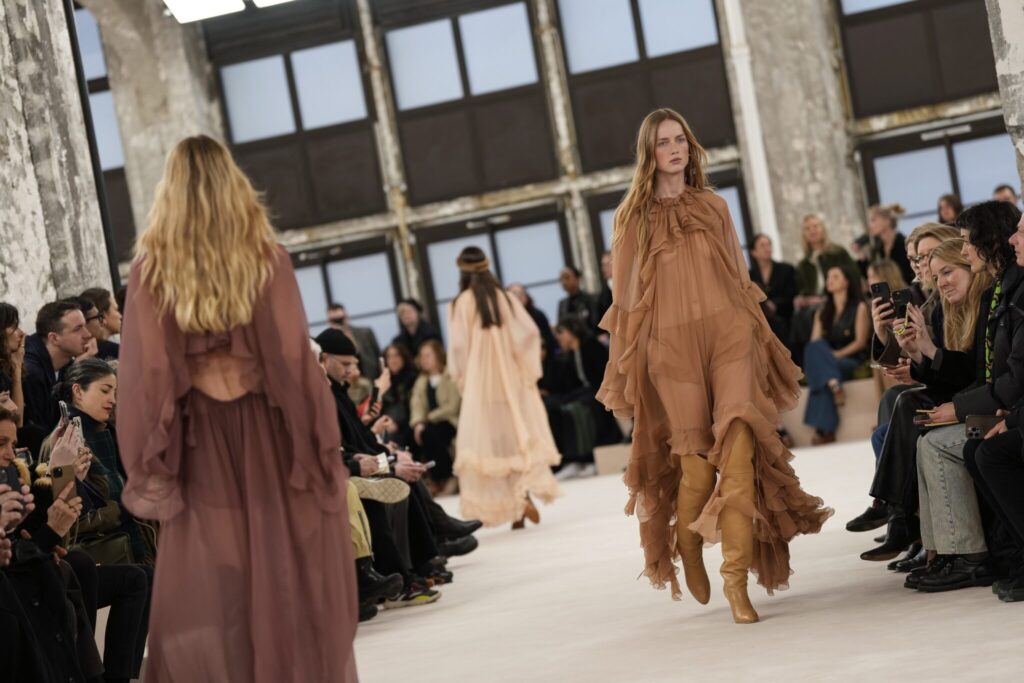Chloe revisited its vibrant 1970s essence, infused with late Karl Lagerfeld’s indelible influence, while propelling the brand into a new era for the debut show of its new designer Chemena Kamali on Thursday at Paris Fashion Week.
Quick Read
- Chloe revisited its 1970s roots while integrating Karl Lagerfeld’s influence under new designer Chemena Kamali’s debut at Paris Fashion Week.
- The show attracted fashion dynasties, with iconic models and their descendants among the audience, highlighting the brand’s storied history and future direction.
- Kamali’s collection blended nostalgia with contemporary styles, showcasing diaphanous 1970s-inspired pieces alongside modern elements like oversized handbags and statement accessories.
- Givenchy presented a designer-less collection at Paris Fashion Week, impressing with creativity and flair despite the absence of a creative director since Matthew Williams’ departure.
- Rick Owens’ latest collection, inspired by his hometown of Porterville, explored themes of anthropomorphism with futuristic and surreal designs, emphasizing volume and protective elements.
The Associated Press has the story:
Chloe’s Chemena Kamali puts on a 1970s-tinged debut at Paris Fashion Week
Newslooks- PARIS (AP) —
Chloe revisited its vibrant 1970s essence, infused with late Karl Lagerfeld’s indelible influence, while propelling the brand into a new era for the debut show of its new designer Chemena Kamali on Thursday at Paris Fashion Week.
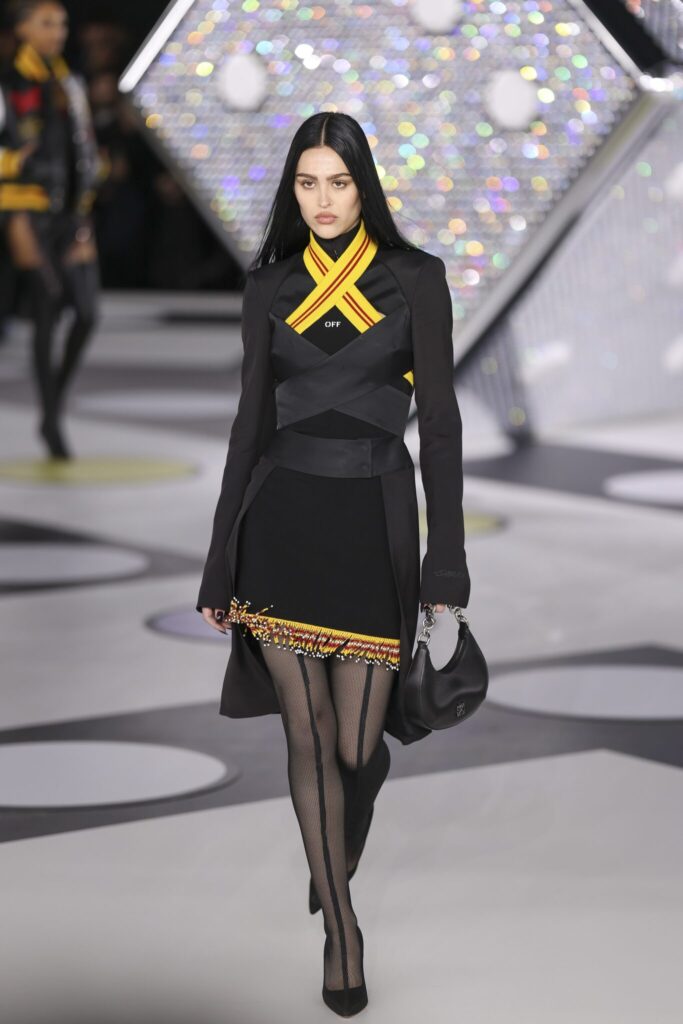
Despite Lagerfeld’s lasting presence in the brand aesthetic, Kamali is the latest in a swathe of female designers — such as Gabriela Hearst, Clare Waight Keller, and Phoebe Philo — at the helm of the storied Maison. This is apt for a house credited with inventing ready-to-wear in the post-war period that liberated women from the constraints of formality.
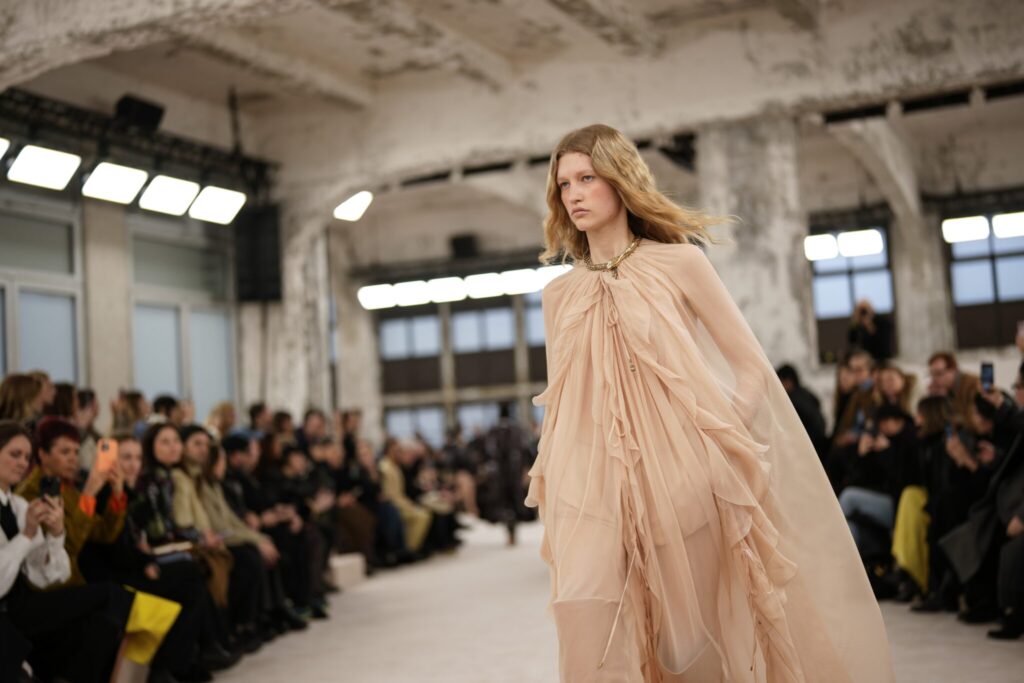
Here are some highlights of Thursday’s fall-winter 2024 shows:
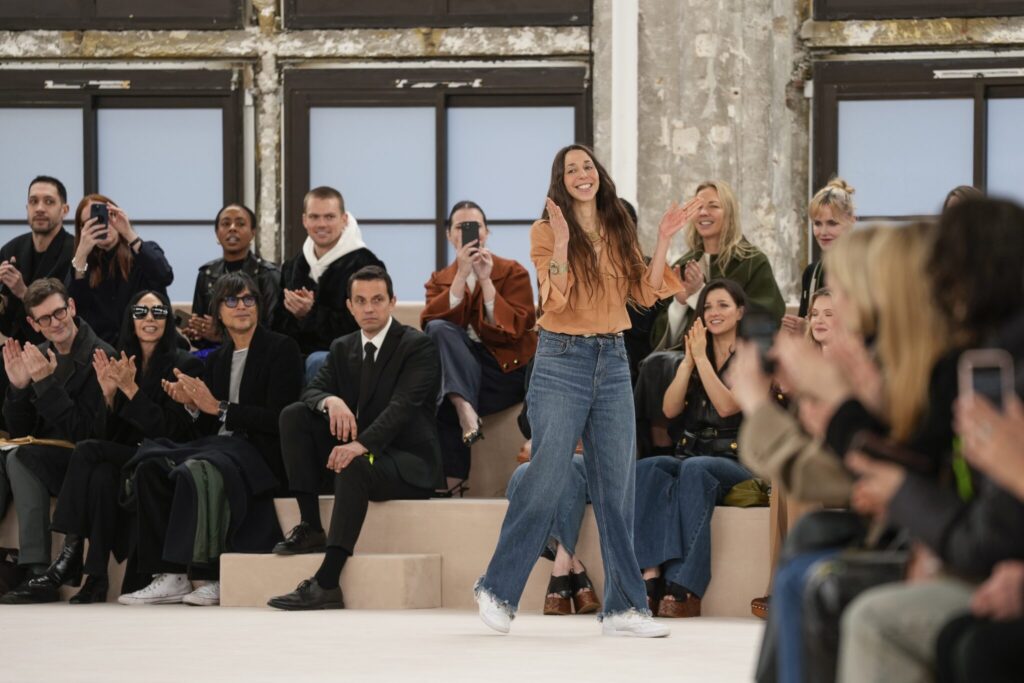
CHLOE’S DYNASTIES LOOK TO THE FUTURE
Going back to its storied roots — or close enough — Kamali challenged the brand’s 70s heyday and, in the process, pulled in the great and good of the fashion world for her debut. It was one of the hottest tickets at Paris Fashion Week.
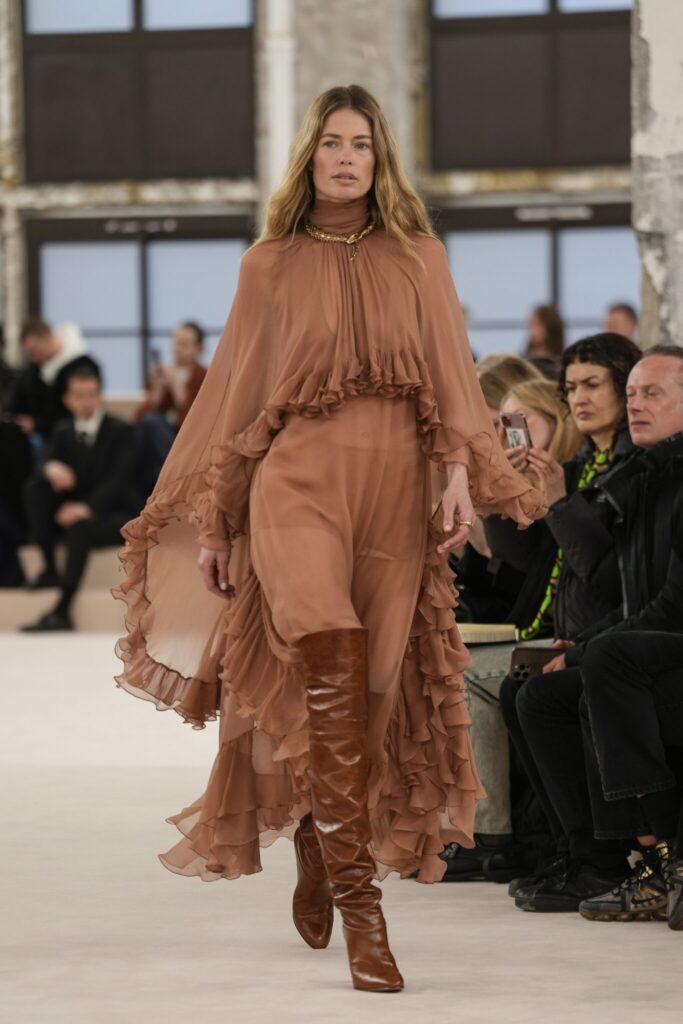
The morning show was a who’s who of fashion dynasties — harking back to the past and looking to the future. Pat Cleveland, the iconic model — and one of the first women of color anywhere to attain success on the runway, in the 1960s and 1970s — entered to a flurry of camera snaps with her model daughter, Anna Cleveland.
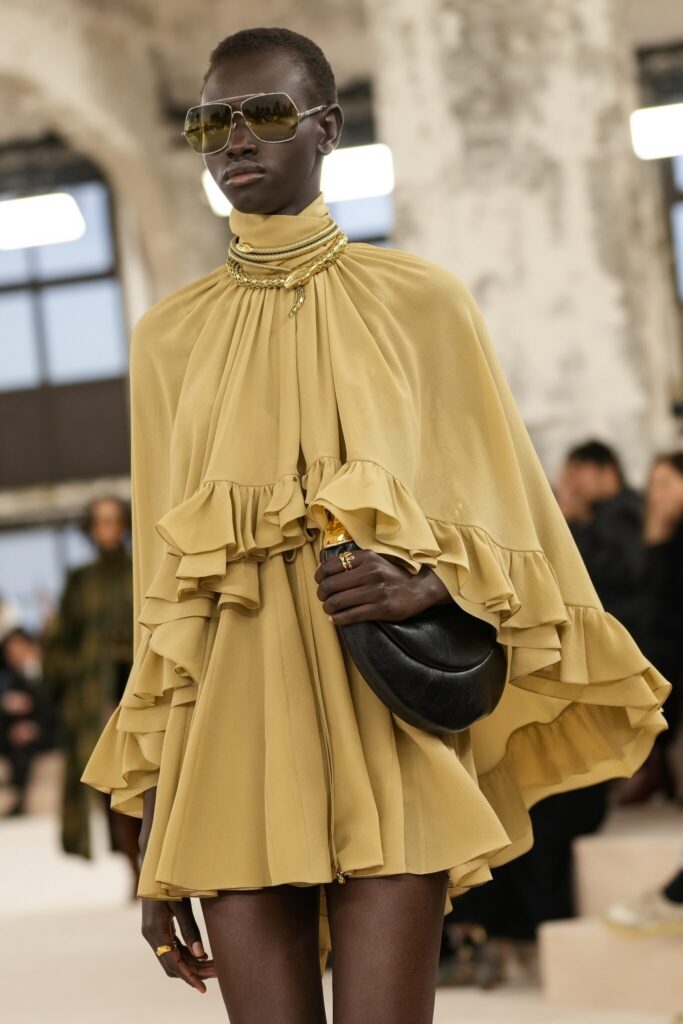
The fashion dynasty was followed shortly by Jerry Hall and Georgia May Jagger, the model daughter of Hall and Mick Jagger. They nestled into their cushioned seats near Mikhaela Aghion, the granddaughter of Chloe’s founder, Gaby Aghion.
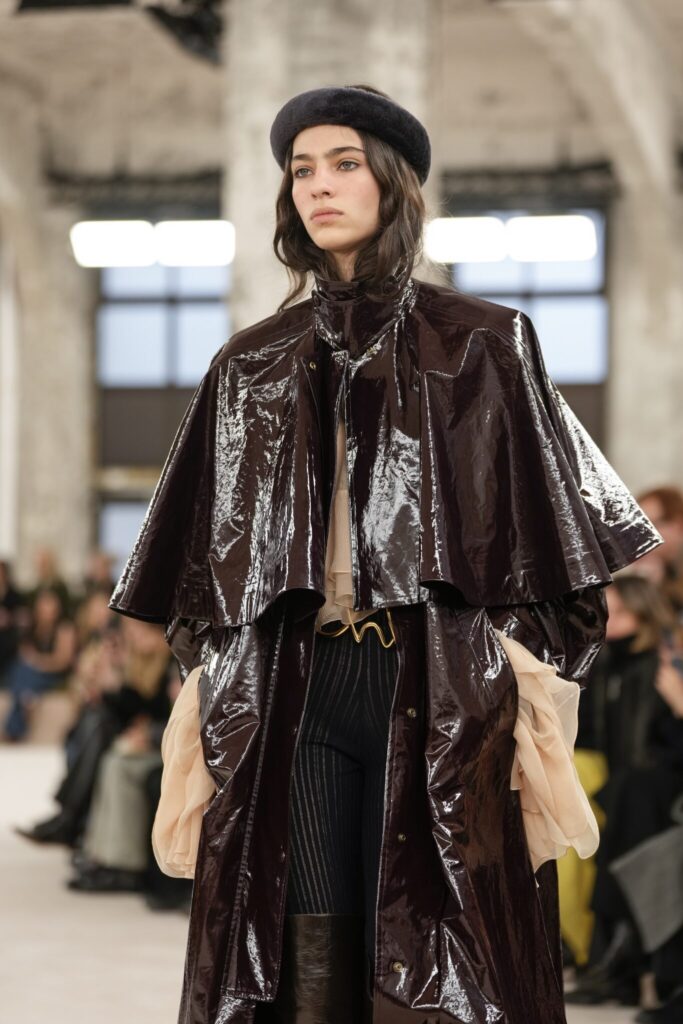
KAMALI’S DEBUT
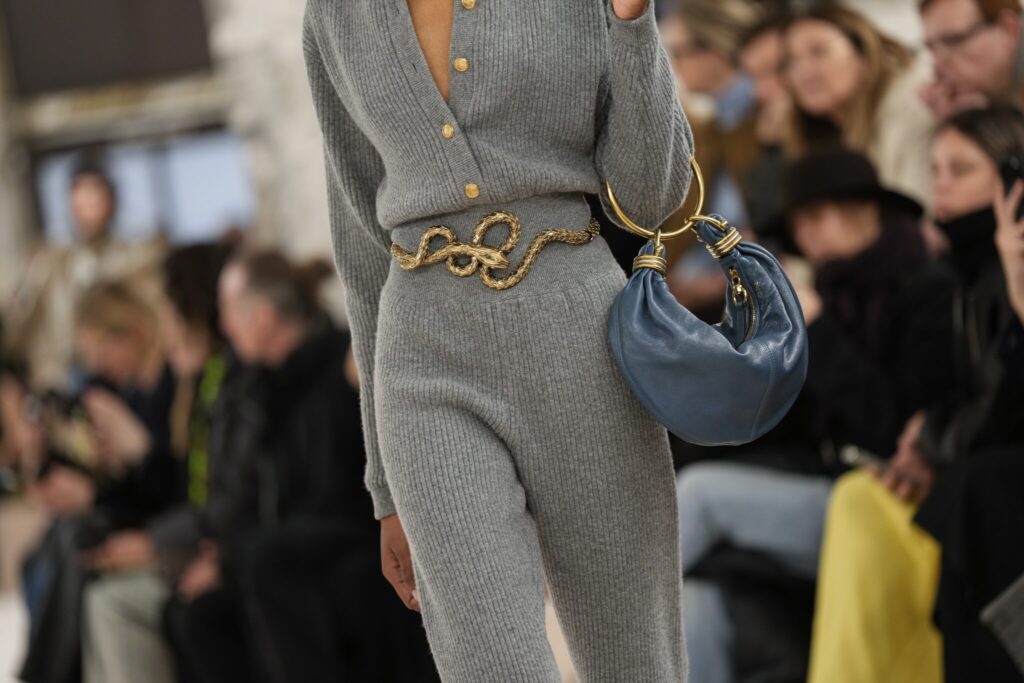
Kamali, a 42-year-old designer from Düsseldorf who rose the ranks inside the house, said a “sense of nostalgia” and “something that triggers a memory” is at the heart of the brand — seen not just in the stars who attended but also the clothes that had one foot in the past and the other in the future.
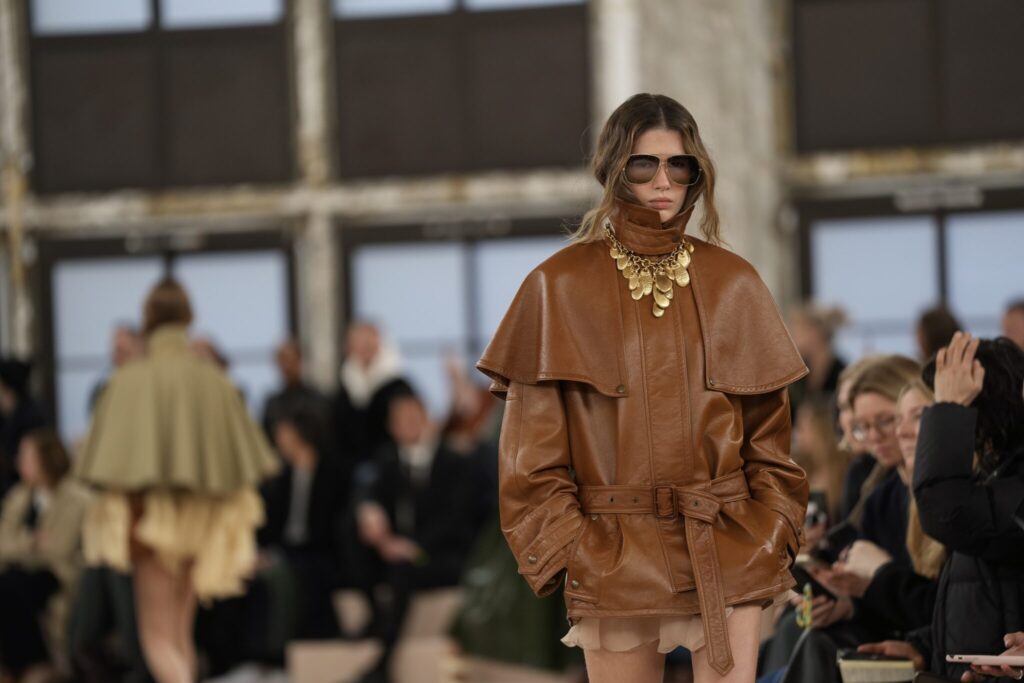
For fall, diaphanous tiers of 1970s flounce in almost angelically light hues defined the show’s aesthetic inside a brutalist warehouse space. The gorged-out concrete and visibly rough plaster gently contrasted the femininity inherent in the designs.
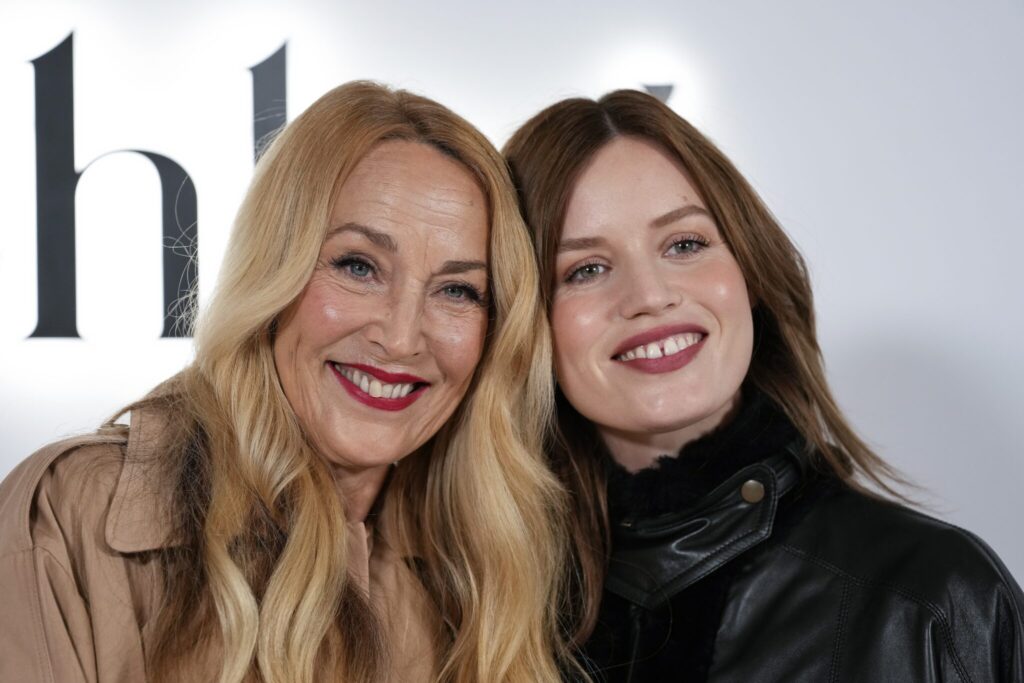
The solid collection had plenty of moments of whimsy. Exaggeratedly floaty dresses were sometimes chicly tucked into giant sheeny thigh-high leather pirate boots adding unexpected styling contrasts.
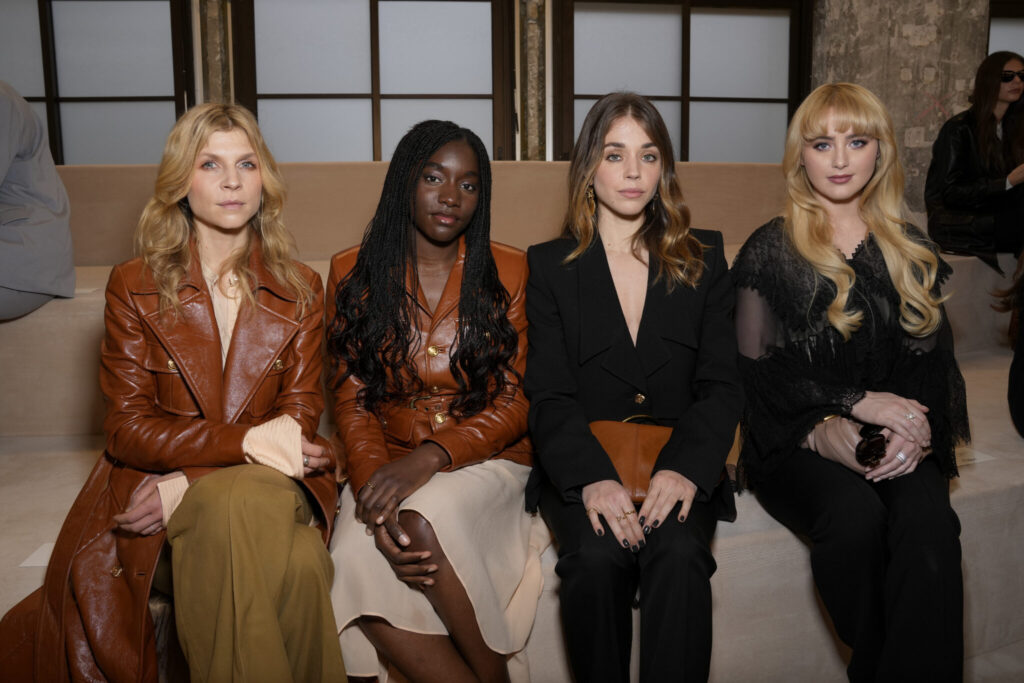
So, too, did the occasional sheen of gold-metal Chloe belts, golden grape neck clasps, or the occasional giant brown leather handbag almost as big as the model holding it. Layering, statement fur, and pirate-style tights also put the style dial firmly in the late 1970s.
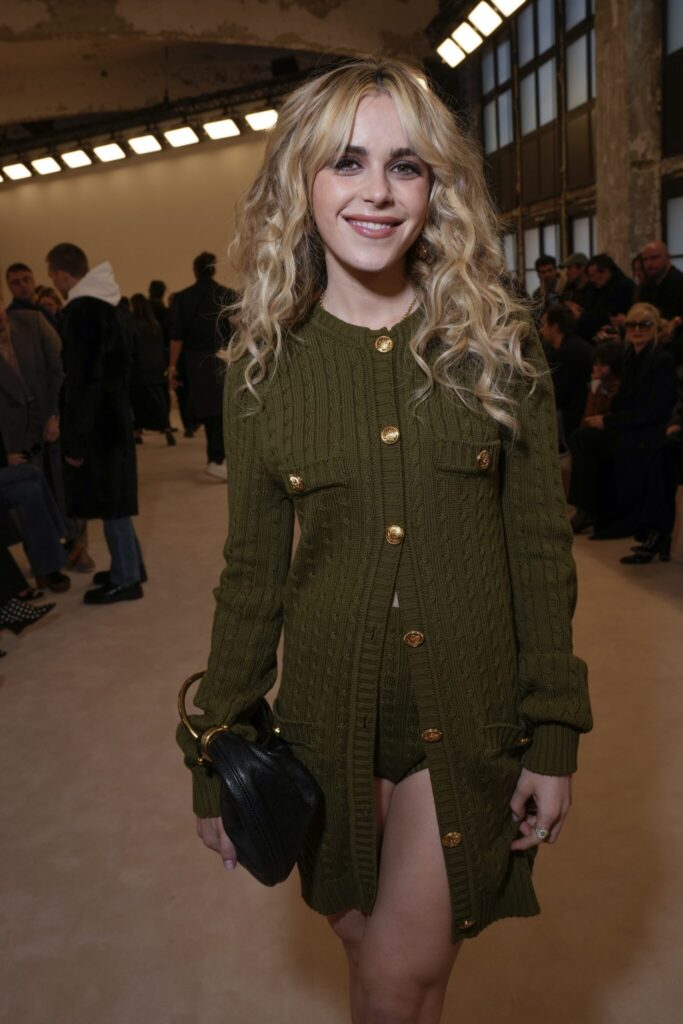
Kamali said she aimed to honor the brand’s heritage of liberation and innovation.
“Gaby (Aghion) wanted to liberate women from the stiffness of couture (in the 1950s) … She was one of the first to actually do ready-to-wear because she wanted women to be able to move and go to work,” Kamali explained, connecting the brand’s inception to its ongoing mission.
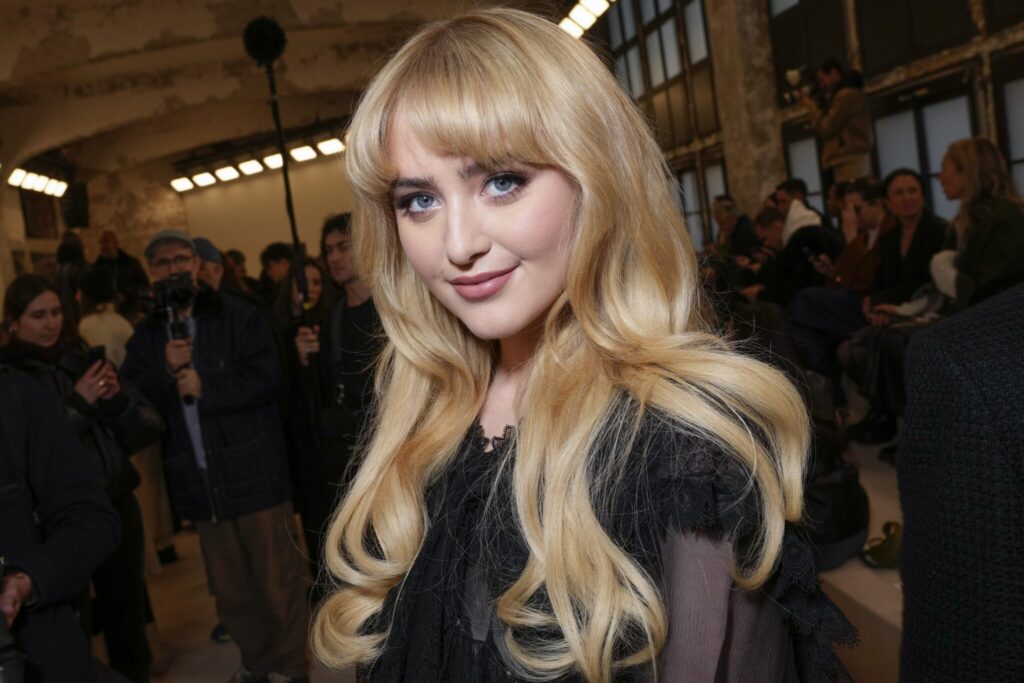
Reflecting on the transformative “Karl Era,” Kamali emphasized Chloe’s unique position at the intersection of nostalgia and progress.
“In the late ’70s … (Lagerfeld) was someone who could look into the past and into the future simultaneously,” she said.
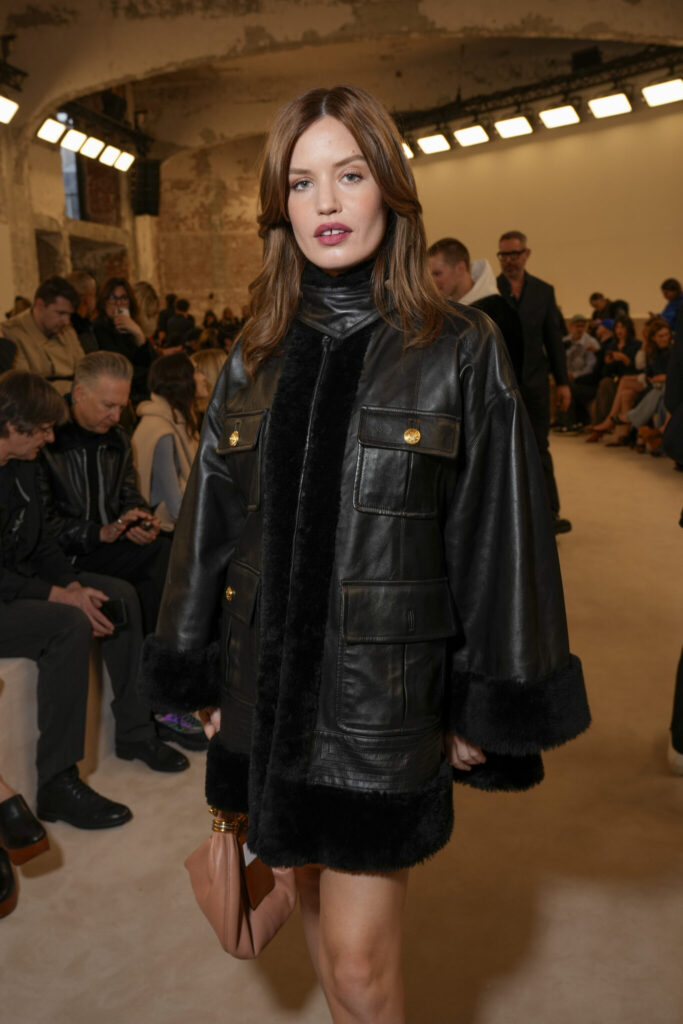
This sentiment, Kamali remarked, is at Chloe’s core, blending “this sense of nostalgia” with the fresh, paving the way for a collection that respects its rich past while boldly stepping into the future.
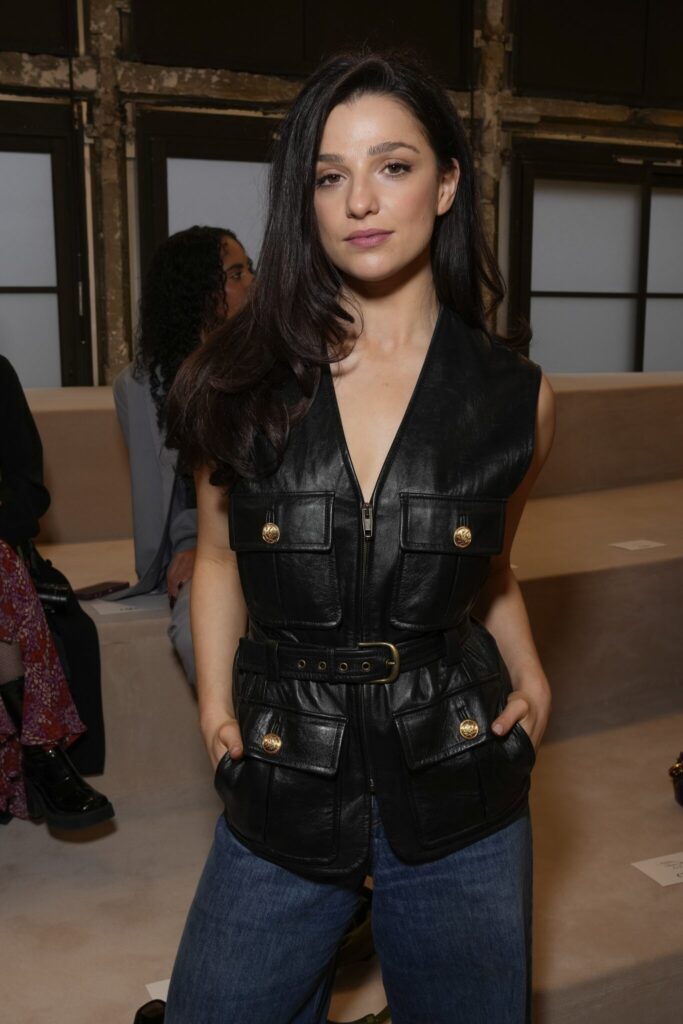
In a touching moment capturing that same vibe, Kamali dedicated the show to her father, who recently passed away. Her young son then jumped up unscripted into her arms from the audience as she stepped forward to the applause.

GIVENCHY’S DESIGNER-LESS DISPLAY SPARKLES AT PARIS FASHION WEEK
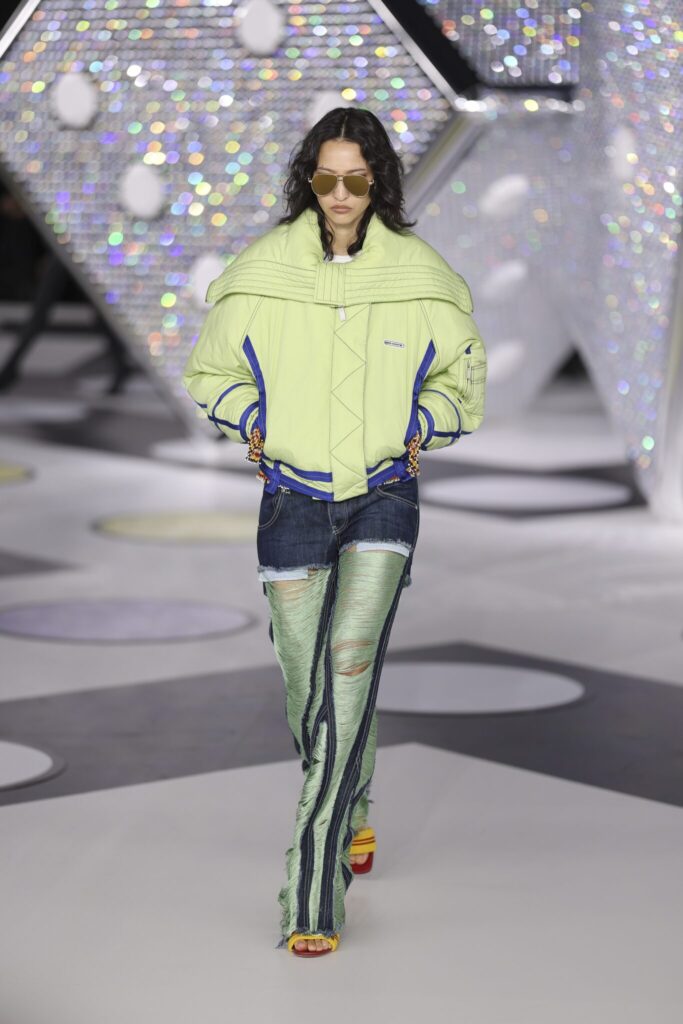
One more installment of Paris Fashion Week brought another designer-less Givenchy display to the (albeit sublimely chic) Avenue George V atelier. While the LVMH-owned brand’s decor was minimal – a pared-down affair across the bare wooden Point d’Hongrie parquet – it compensated with buzz as well-wishers crowded the famous Parisian avenue, and VIP guests were lavished with champagne.
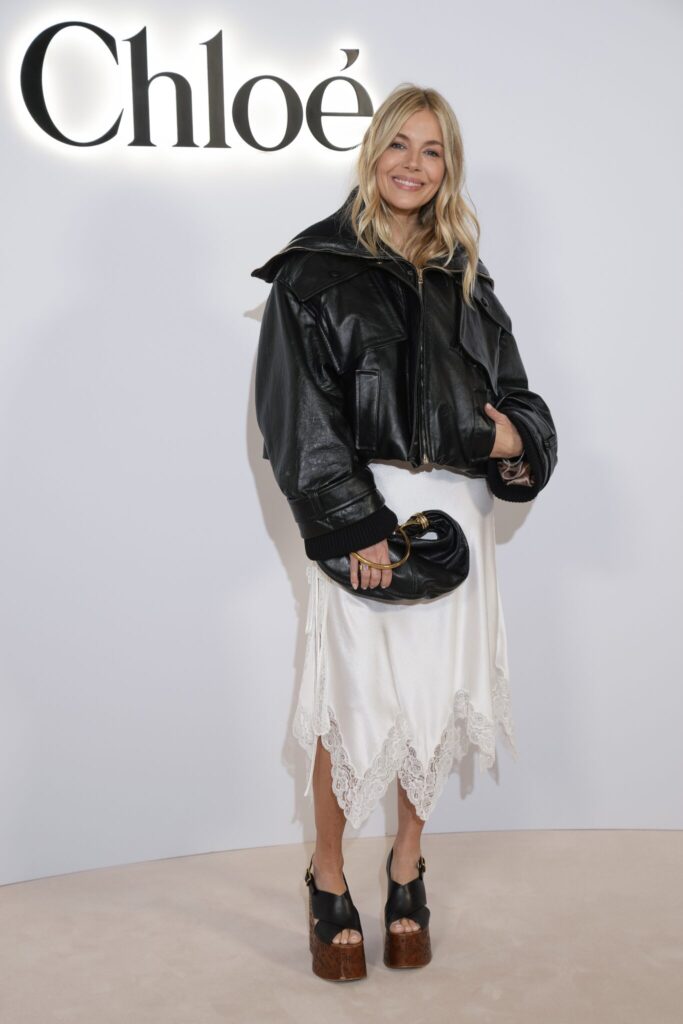
The Givenchy studio took the reins for ready-to-wear again, unveiling designs brimming with flair and inventiveness. The collection opened with a mini dress featuring a scratched metallic-like surface texture, a contemporary contrast to its long, classical train.
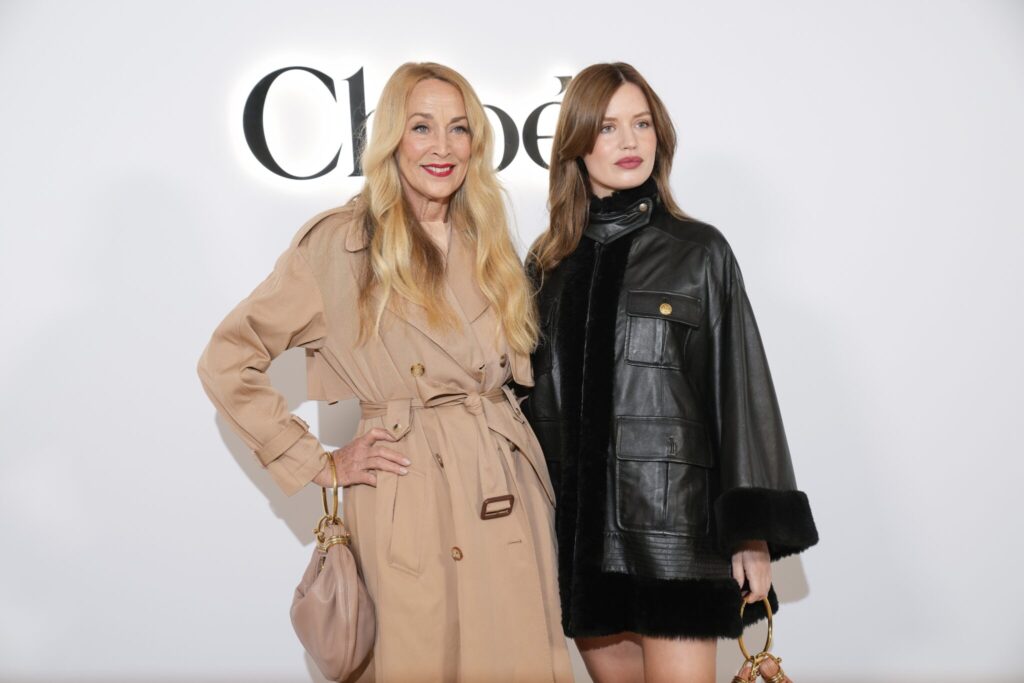
Stiff swirling neck-scarves introduced a major banding theme, echoing in rigid band panels adorning the bust of a signature house little black dress in a notable fashion-forward gesture. Oversized statement fur coats added on-trend glamour, alongside a loose A-line woolen coat with an off-kilter back and an array of gleaming gold and bejeweled earrings.
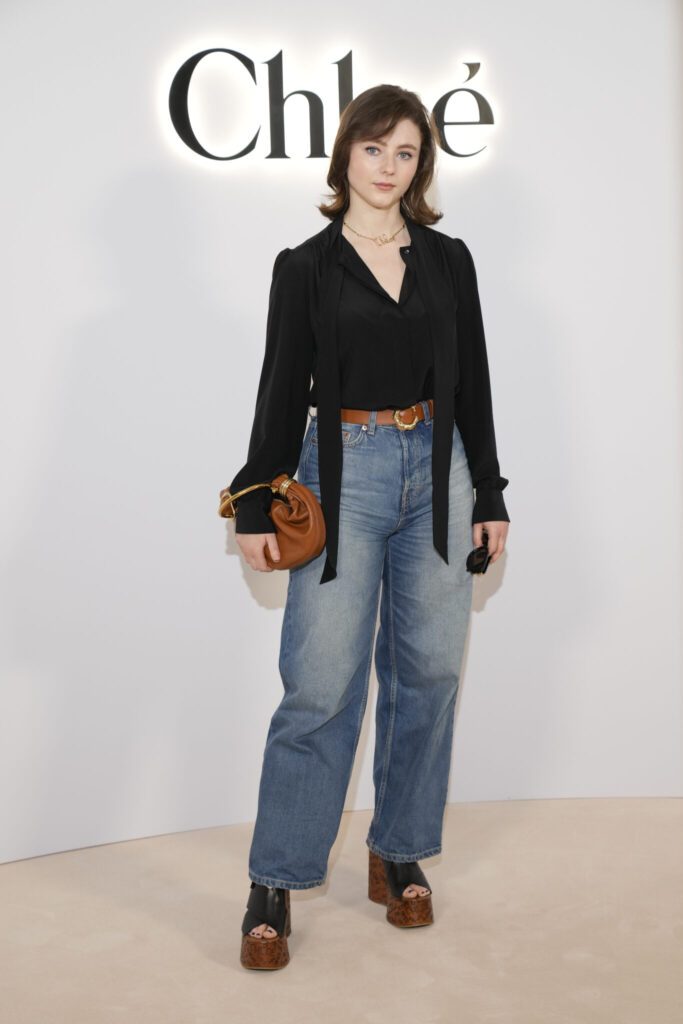
Yet, amidst the acclaim, a faint murmur among attendees suggested a lack of a cohesive, creative backbone. Could this stem from the knowledge the storied house was navigating here without its captain, following Matthew Williams’ departure announced in December last year? The hope remains that this great Parisian Maison will soon find Williams’ successor.
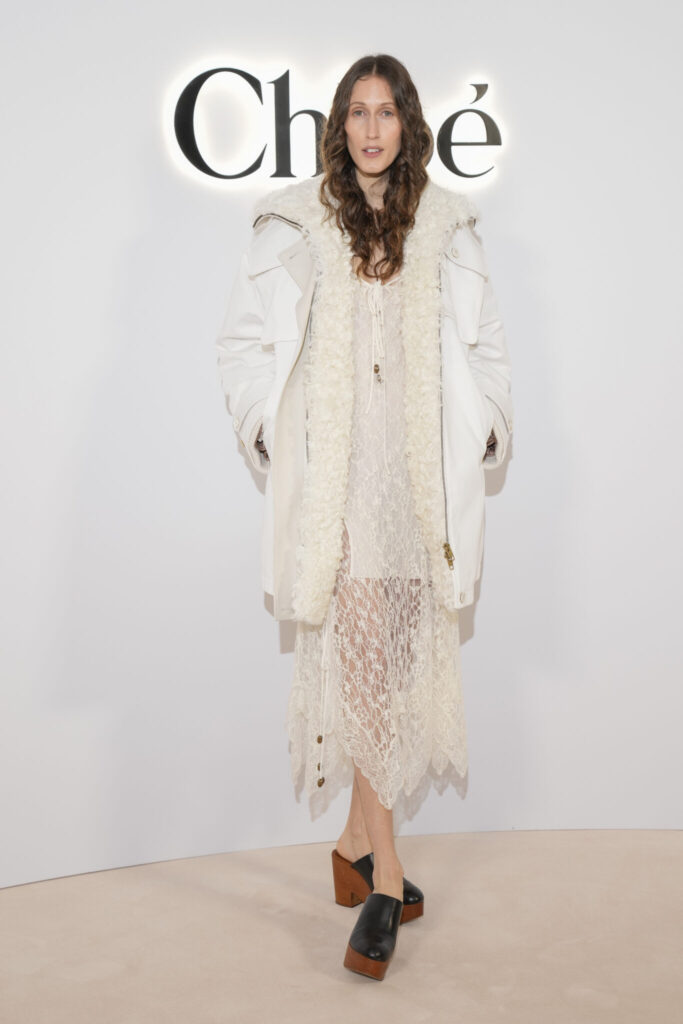
RICK OWENS’ OTHERWORLDLY EDGE IN PORTERVILLE COLLECTION
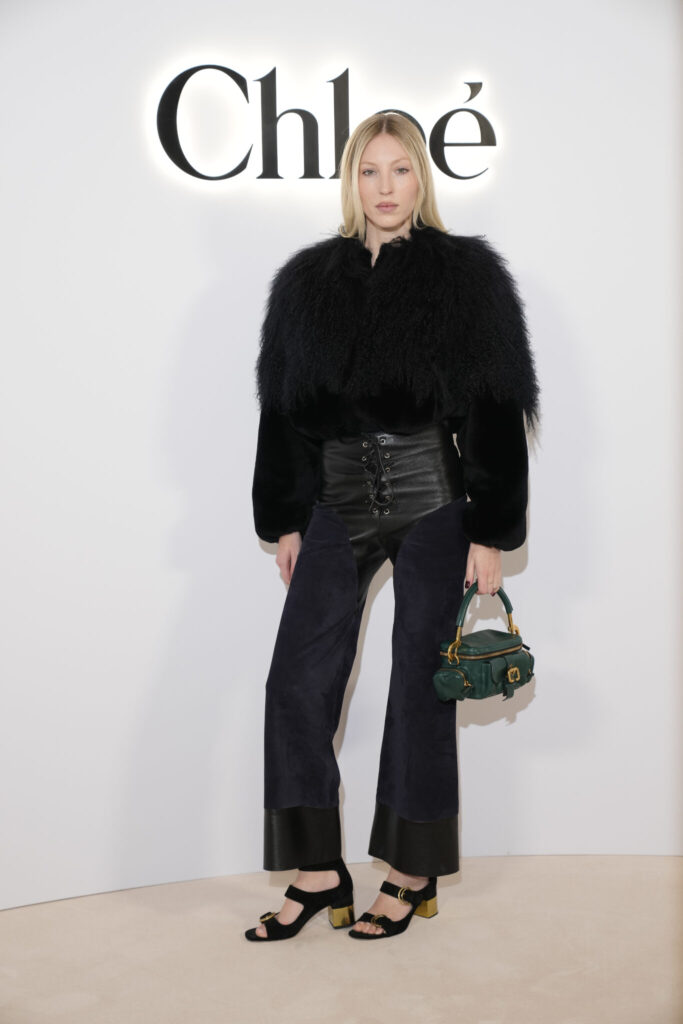
The latest showcase from American fashion maestro Rick Owens was an avant-garde exploration of anthropomorphism, presenting a universe where human and alien blurred. Owens’ ready-to-wear collection, dubbed Porterville after the California town of his youth—a place he has described as desolate—served as a namesake and muse for this season.
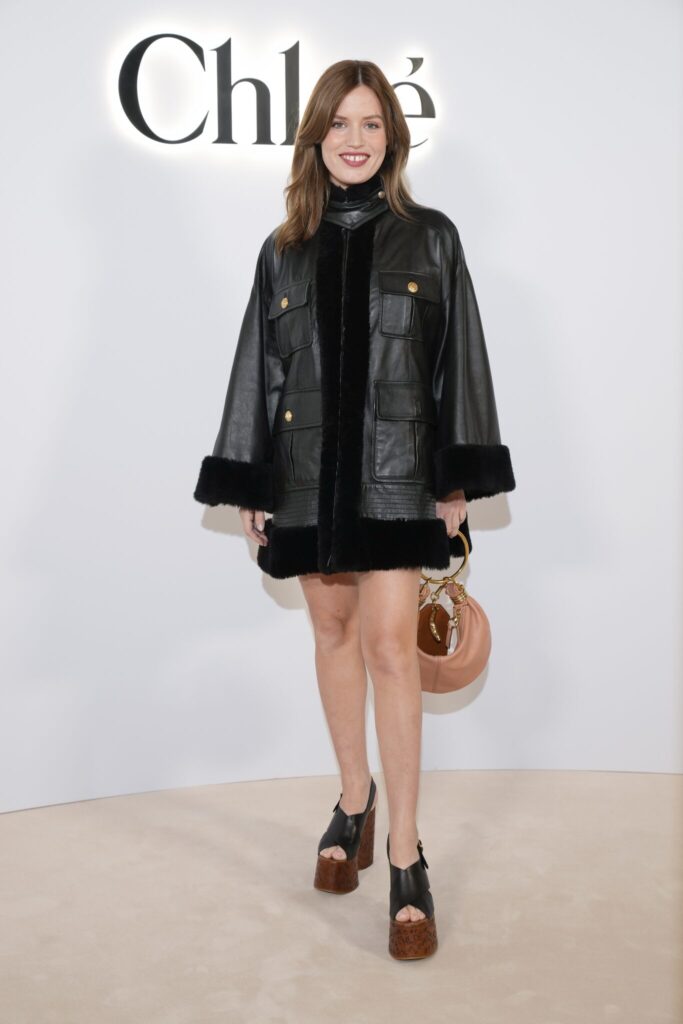
Emblazoned logos on tops pay homage to Owens’ roots and catapulted the audience into a display of bleak displacement and surreal, unhuman references.
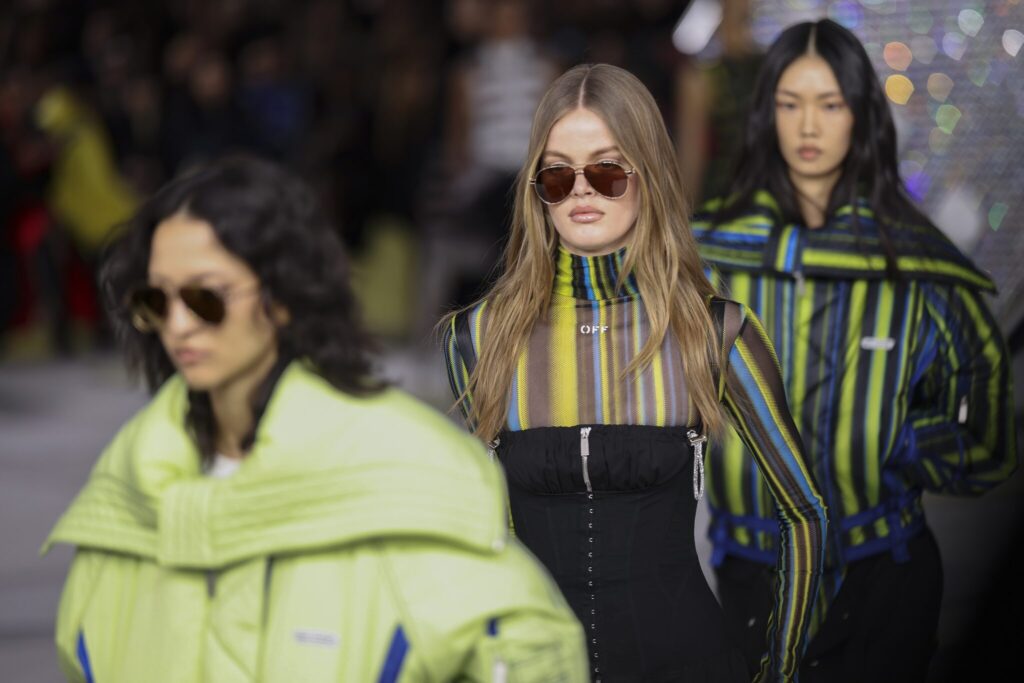
Models emerged as if stepping out of the future, their silhouettes dramatically elongated by boots reminiscent of insect limbs or exaggerated horse hooves, and heads crowned with caps that merged the equestrian with the cosmic explorer. Silver balled pendants further defined the collection’s unique edge with an ancient and futuristic aura.
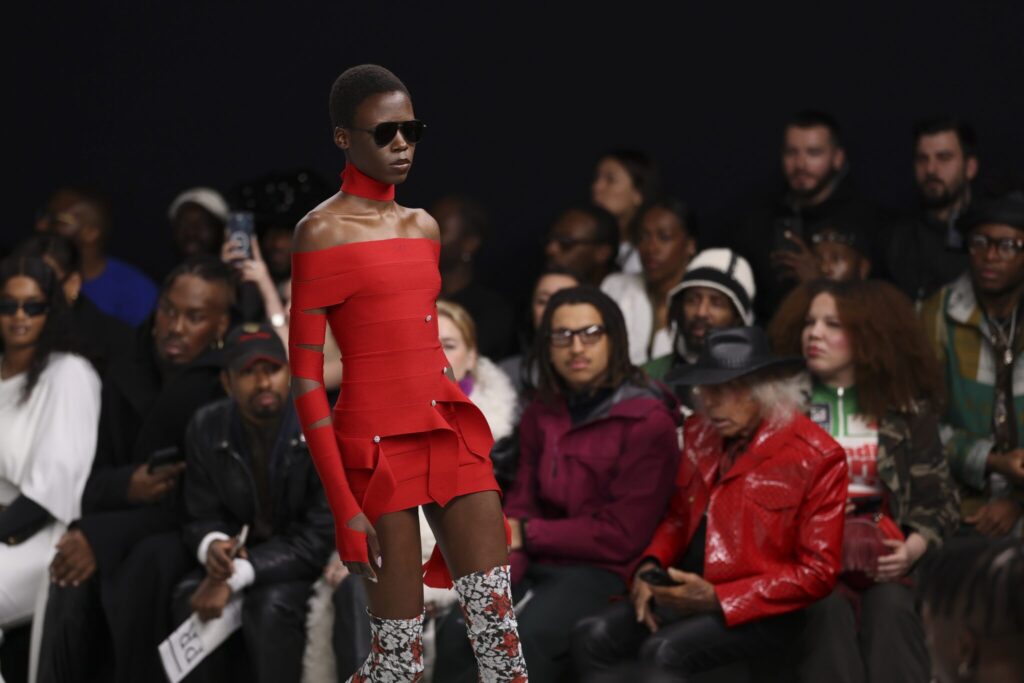
Owens’ signature embrace of volume came in the airbag-like body wrappings, while High Priestess-style spiked shoulders on duvet jackets and the primal fierceness of fluffed jumpsuits and capes conveyed a sense of protection.
